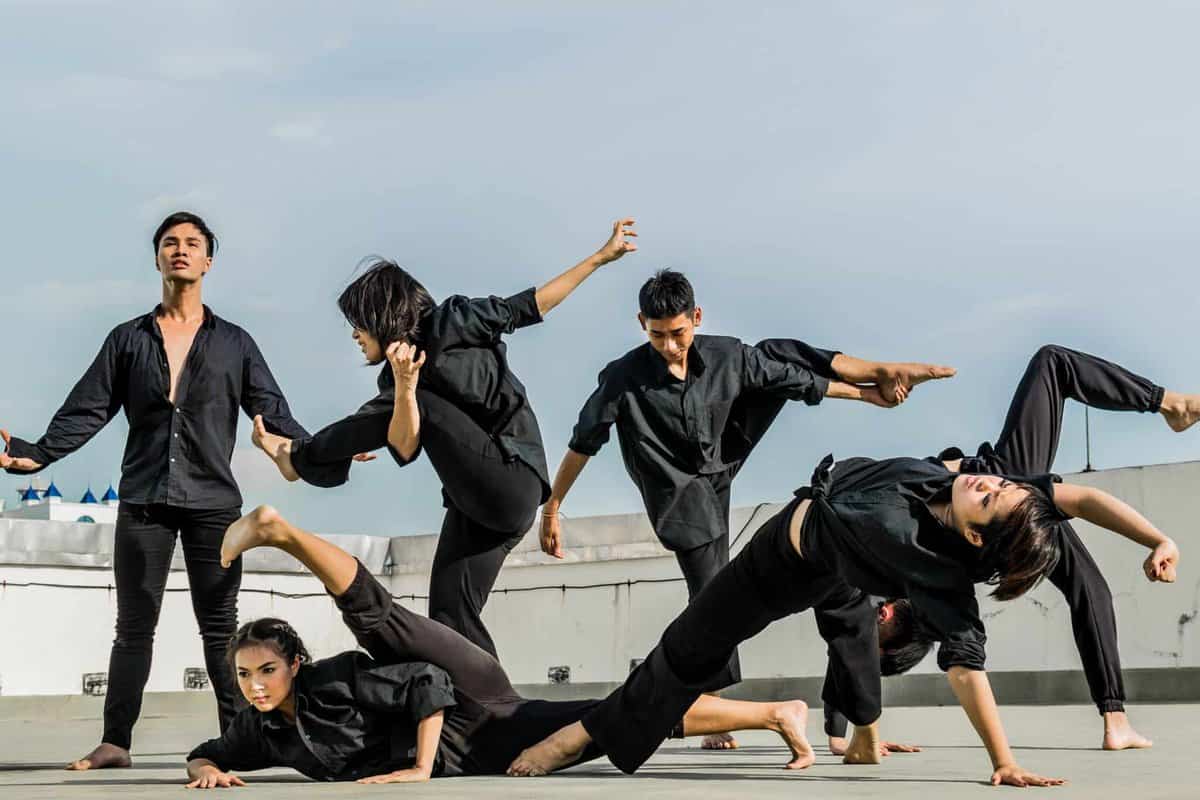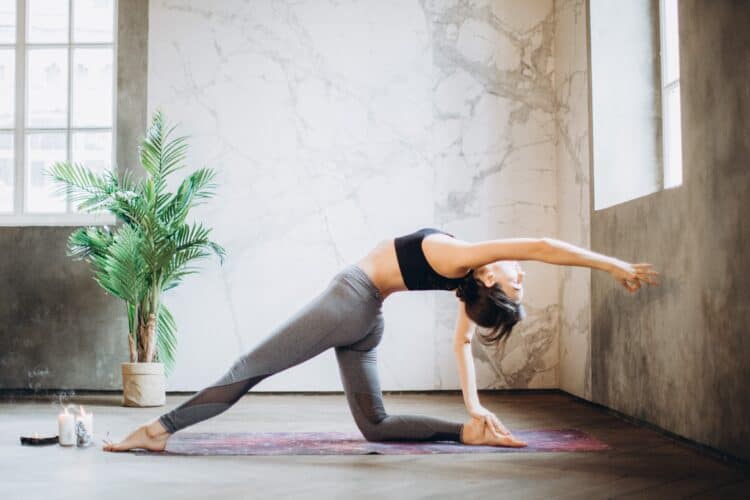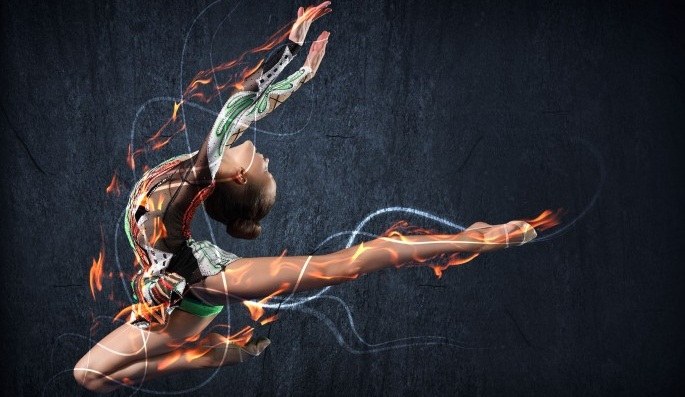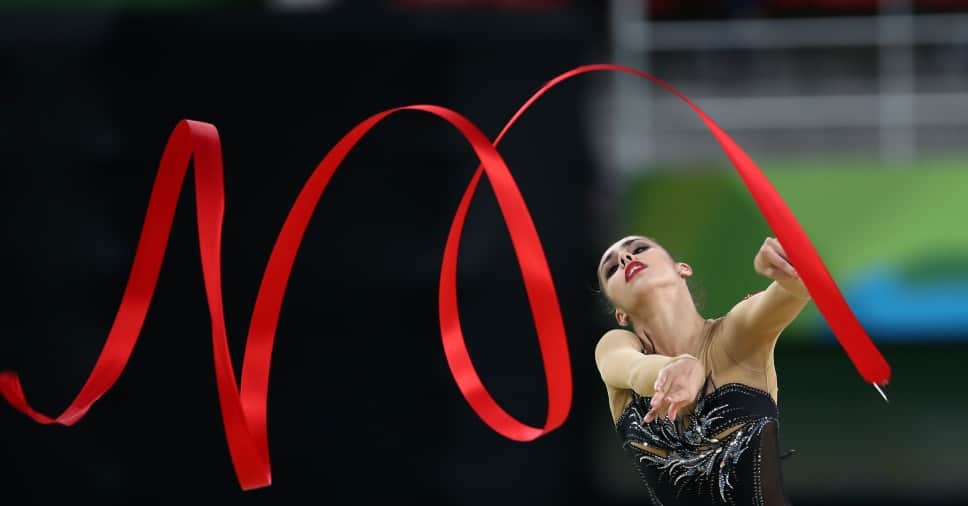In this article, different gymnastics games in physical education are explained as an alternative that can be worked on to address the content of gymnastic-acrobatic skills within this area.
What is the game?
Games are activities based on a system of rules that challenge those who participate in them.
According to the theory of motor action, every game has an internal logic or functioning mechanism linked to a specific set of relationships with other participants, space, time, and material.
Human beings exhibit behavior that is constituted by a series of domains that can be developed through play from childhood (1):
- The affective domain, related to affections, feelings, and emotions.
- The social domain, the process by which each child becomes an adult in their society.
- The cognitive domain, related to knowledge, thought processes, and language.
- The psychomotor domain, which refers to body movements, their awareness, and control.
Games, in addition to achieving the development of these domains, involve other characteristics, for example, those linked to the criterion of motor relationship with other players.
Games or any motor practice can be grouped into four major families or domains of motor action (2):
- psychomotor games, when the game is played alone
- cooperative games, when the help of a partner is needed to achieve a common goal
- opposition games, when there is an opponent who opposes the achievement of my goal
- cooperation-opposition games, where each team seeks to achieve its own goals by surpassing the rival.
In the specific case of the article, of the games mentioned above, we will focus on the work and development of gymnastic and acrobatic skills content through gymnastics games, in psychomotor games, as well as in cooperative games.
Gymnastic and acrobatic skills
For the development of skills, we must consider important elements such as rhythm, frequency, tempo… and other elements that students must know and understand to perform correctly.
The work to be done in didactic units of gymnastic skills focuses mainly on gymnastics games that combine elements such as spins, jumps, and flips with others more related to rhythmic gymnastics, such as the work of links or elements.
Gymnastics games for physical education
Depending on the classification to be followed, we find different proposals to determine categories related to gymnastics games, in this case, two groups stand out: generic exercises and specific ones (4):
Generic exercises: work is done with the apparatus or with the body itself but does not focus on their technique. In them, the following are distinguished:
- familiarization
- warm-up
- physical condition
Specific exercises: specific aspects of gymnastics are worked on:
- links: ways to unite the different elements that must be developed to make a logical composition.
- apparatus exchanges: focused on rhythmic gymnastics games, it relates to the throws and receptions of the different apparatus that compose it.
- body work: performing figures and movements typical of artistic gymnastics.
The most logical progression of difficulty would be to start in rhythmic gymnastics at the school level with the treatment of general gymnastics games and after this, more specifically, work on different apparatus to increase the practical knowledge of the students, starting with rope, ball, hoop, ribbon, and ending with clubs.
Among the different options or proposals for gymnastics games that we can find, the following stand out:
- Flexibility games: where the aim is to dynamically and motivatingly improve this fundamental basic physical capacity to meet the objectives proposed in the gymnastics unit.
- Balance games, on ropes, with slackline, with benches, or with balance bars upon completing the progression.
- Gymnastics games related to the development of strength and strength endurance, working circuits with stations to work the different muscle groups.
- Cooperative games, where a specific element such as the rope or hoop is worked on, and the links for the throws and receptions of apparatus and steps that develop between them.
- Parkour games with jumps and receptions from different objects: wall bars, boxes, tables, walls…
When we relate gymnastics to the teaching of games, we seek not only motivation and fun but also content to learn and a commitment to skills, abilities, and techniques, and that the principles of movement execution are respected (4).
Conclusion
The development of didactic units of gymnastic skills that implement gymnastics games as content to achieve the proposed objectives results in improvements in students’ self-concept.
This is due to their physical and mental improvement through effort and overcoming, as well as improvements in social relationships among group members.
Above all, this type of approach through games is useful for students with physical and/or emotional problems who had low levels of self-concept.
This is because the development of gymnastics games promotes social development through cooperative games and emotional, physical, and intellectual development through the challenges posed (5).
Bibliographic references
- Gil Madrona, P., Contreras Jordán, O. R., & Gómez Barreto, I. (2008). Motor skills in childhood and their development from an animated physical education. Ibero-American Journal of Education.
- Muñoz Arroyave, V., Lavega i Burgués, P., Costes i Rodríguez, A., Damian, S., & Serna Bardavío, J. (2020). Motor games as a pedagogical resource to promote affectivity from physical education. Challenges. New trends in Physical Education, Sport and Recreation, 2020, no. 38, p. 166-172.
- Peregot, A. M. B., & Delgado, C. D. (2006). A thousand exercises and rhythmic sports gymnastics games. Paidotribo Publishing. Retrieved online.
- Husson, M. (2008). Gymnastics as educational content. Its didactics. In Body and Culture Days of the UNLP. National University of La Plata. Faculty of Humanities and Educational Sciences. Department of Physical Education. Retrieved from: https://www.aacademica.org/000-021/9
- de la Osa, X. R. L., & Gutiérrez-Sánchez, Á. (2015). Implementation of an Acrobatic Gymnastics program in Secondary Education to improve self-concept. CHALLENGES. New Trends in Physical Education, Sport and Recreation, (27), 114-117.




